Joshua Tree National Park is situated in the south of California, 87 mi away from the Mexico border. The park spans 800,000 acres of the Mojave and Colorado deserts, representing two remarkably different ecosystems. Joshua Tree National Park received its name from its iconic Joshua Tree (Latin name Yucca brevifolia).
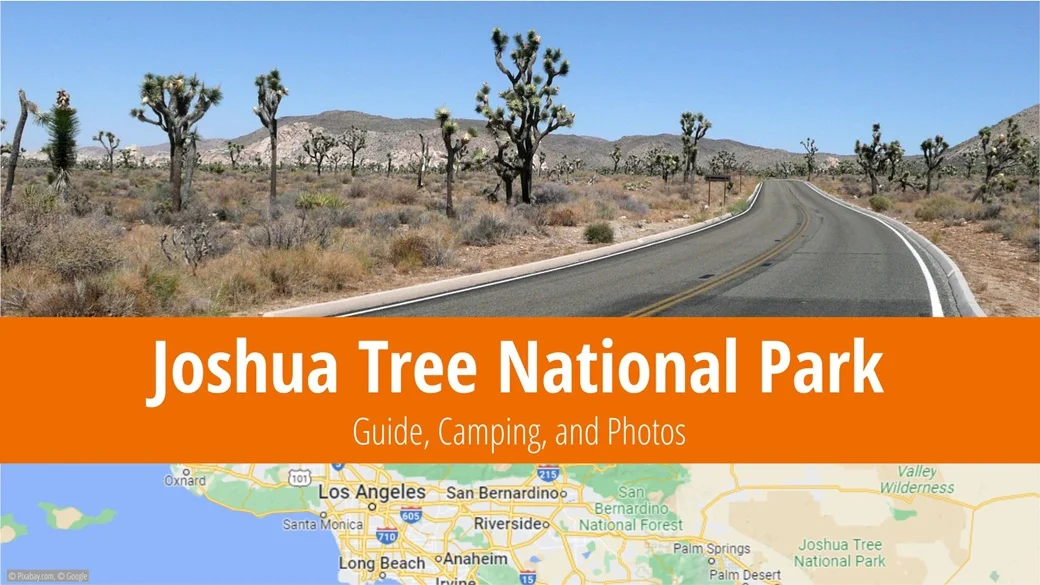
Table of Contents
- Information About Joshua Tree National Park
- What to See and Do in Joshua Tree National Park
- When to Visit Joshua Tree National Park
- Entrance Fees for Joshua Tree National Park
- Getting to Joshua Tree National Park
- Accommodation Options in Joshua Tree National Park
- Advice and Tips Before Visiting Joshua Tree National Park
- Photos of Joshua Tree National Park
Information About Joshua Tree National Park
The desert region was recognized as a national monument in 1936, with the intention to safeguard the place from vandals who were uprooting the stunning trees for their personal gardens. Joshua Tree National Park was officially established on December 31, 1994.
Joshua Tree National Park’s popularity surged in 1987 when the band U2 released their highly successful album The Joshua Tree. The album cover showcases a black-and-white photograph of a shortleaf yucca, alongside the band members. Interestingly, the photographed tree is not in Joshua Tree Park, but in the Coso Range, situated between Sequoia and Death Valley parks.
The name Joshua Tree was conceived by 19th-century Mormons. The tree’s unique shape reminded them of the biblical tale in which Joshua reaches toward the heavens with his bare hands. Altogether, the national park is home to approximately 800 species of mainly vascular plants and over 250 species of birds. The park covers an area of 1,236 sqmi.
The park’s highest point is Quail Mountain at 5,814 ft, whereas the lowest point is the Colorado River Aqueduct at 1,772 ft. As per 2021 data, around 3,064,400 people visit Joshua Tree National Park annually.
What to See and Do in Joshua Tree National Park
Some of the most captivating sites in Joshua Tree National Park include:
- Black Rock Canyon (map)
This picturesque location is rich in shortleaf yuccas, cacti, junipers, and other desert plants. Located near a similarly named campground, the best time to visit is from late February through May, when the local flora is in full bloom. - Cottonwood Spring (map)
Cottonwood Spring Oasis is situated approximately 7 mi north of the park’s southern entrance. During the gold rush, prospectors would pause at this spot to refill their water supplies. - Covington Flats (map)
Covington Flats is home to the tallest Joshua Trees in the park. Strap on your hiking boots and trek to the peak of Eureka Peak for a magnificent view of Palm Springs. - Indian Cove (map)
Indian Cove Caves primarily attract rock climbers, and visitors can walk along the Indian Cove Trail, lined with yuccas and desert plants. Fortunate visitors may even spot a desert tortoise. - Keys View (map)
A mere 20-minute drive will lead you to Keys View, offering breathtaking views of Coachella Valley and, on clear days, Mexico’s Signal Mountain. - Skull Rock (map)
Skull Rock, resembling a skull, is among the park’s favorite destinations for visitors. The trail leading to it is approximately 2 mi long.
An intriguing feature of the park is its nature trails, hiking paths teeming with natural attractions. The longest trail is only 1 mi in length, perfect for savoring beautiful views and blossoming trees.
Hiking is also available in Joshua Tree National Park on longer trails. The most challenging trail is a mere 3 mi long, but it takes you to the peak of Ryan Mountain, standing at 5,459 ft. The longest trail leading to the Lost Palms Oasis is 7 mi long.
After your visit to Joshua Tree National Park, make a stop at the Barker Dam, which has stored water for cattle and the needs of a nearby mine since the early 20th century. Today, the flooded area attracts wildlife.
When to Visit Joshua Tree National Park
Joshua Tree National Park is accessible throughout the year, with spring and fall being the most favorable seasons to visit. Temperatures typically fluctuate between 50 °F and 68 °F, and there’s seldom any rainfall, particularly in May and June.
During summer, it’s common for temperatures to range between 77 °F and 95 °F, but temperatures can sometimes exceed 104 °F July and August are the wettest months of the year.
Winters in Joshua Tree National Park are characterized by temperatures plunging to 59 °F, occasional nighttime frost, and, in some regions, snowfall.
Average Temperatures and Visitor Numbers in Joshua Tree National Park
The average temperatures in Joshua Tree National Park fluctuate significantly throughout the year. Visitor numbers are calculated based on a 2017-2021 average, and the data is sourced from the National Park Service.
| Max Temp | Min Temp | Precipitation Days | Visitors | Popularity | |
|---|---|---|---|---|---|
| January | 59 °F | 37 °F | 2.9 | 231 478 | 🟨🟨 |
| February | 63 °F | 41 °F | 3.0 | 266 451 | 🟨🟨 |
| March | 70 °F | 46 °F | 2.4 | 396 111 | 🟧🟧🟧 |
| April | 77 °F | 52 °F | 1.0 | 337 838 | 🟧🟧🟧 |
| May | 86 °F | 59 °F | 0.4 | 245 291 | 🟨🟨 |
| June | 95 °F | 66 °F | 0.3 | 151 712 | 🟨🟨 |
| July | 99 °F | 73 °F | 1.5 | 133 766 | 🟩 |
| August | 97 °F | 72 °F | 2.2 | 135 371 | 🟩 |
| September | 91 °F | 64 °F | 1.3 | 157 308 | 🟨🟨 |
| October | 81 °F | 54 °F | 1.1 | 222 278 | 🟨🟨 |
| November | 68 °F | 43 °F | 1.6 | 296 483 | 🟧🟧🟧 |
| December | 59 °F | 36 °F | 2.6 | 296 760 | 🟧🟧🟧 |
Entrance Fees for Joshua Tree National Park
The entrance fee for Joshua Tree National Park is $30. This fee is valid for seven days and includes all passengers in the vehicle.
Entry for motorcycles or bicycles is $25, while pedestrian entry is $15.00.
If you are planning to visit several national parks in the USA over a 12-month period, consider purchasing an America the Beautiful card. For a one-time fee of $80, you can visit all USA National Parks for the duration of the card’s validity.
Getting to Joshua Tree National Park
Rent a car and head to one of the park’s three gates: the western gate in Joshua Tree Village, the northern gate at Twentynine Palms, or the southern gate at Cottonwood Spring. The approximate driving times and distances from nearby cities are as follows:
| From/To | Distance | Driving Time | Route |
|---|---|---|---|
| Flagstaff | 345 mi | 5 hours 15 minutes | View Route |
| Las Vegas | 187 mi | 3 hours | View Route |
| Los Angeles | 127 mi | 2 hours 10 minutes | View Route |
| Phoenix | 227 mi | 3 hours 30 minutes | View Route |
| San Diego | 160 mi | 2 hours 45 minutes | View Route |
Please note, there is no public transportation available directly within the park. A car is essential. A visit to Joshua Tree National Park is also included in our road trip itinerary across the USA.
Accommodation Options in Joshua Tree National Park
🏨 Hotels
There is an abundance of inexpensive motels, luxury hotels, and accommodations at various price points around the national park. For good value, consider staying at one of the Super 8 or Motel 6 establishments you’ll find along the main roads.
The highly-rated Super 8 motel is located in Yucca Valley, just down the road from Los Angeles. At the entrance gate in Twentynine Palms, you’ll find Motel 6. This same chain also has another branch in Palm Springs.
⛺ Campsites
Within Joshua Tree National Park, there are nine campgrounds offering over 500 tent sites. Some of these sites can accommodate RVs. The campsites operate on a first-come, first-served basis. Only Black Rock and Indian Cove campgrounds offer reservable sites during the high season from October to May.
Advice and Tips Before Visiting Joshua Tree National Park
ℹ️ Visitor Centers
Upon arriving at the park, I suggest first visiting one of the four visitor centers. There, you can purchase souvenirs, learn more about the park, and ask any questions you may have to the knowledgeable rangers:
- Oasis Visitor Center (map)
This center is located in Twentynine Palms and is open daily from 8:30 am to 5:00 pm. It provides restrooms, drinking water, and a few exhibits. - Joshua Tree Visitor Center (map)
This Visitor Center is situated on the northwestern edge of the park and is open daily from 8:00 am to 5:00 pm. You can stop here for a snack. - Cottonwood Visitor Center (map)
The visitor center in the southern part of the park is open daily from 8:30 a.m. to 4 p.m. - Black Rock Nature Center (map)
This smaller center is located at Black Rock Campground and is only open from October to May.
👍 Good to Know
You will only need a few hours to explore Joshua Tree Park. If you are passing by, I would recommend stopping to take a look. Food and drink supplies can be bought in the city of Palm Springs, or at stores and gas stations along the way.
Ensure you pack plenty of water and a warmer layer of clothing just in case. In the summer, it’s advisable to bring a hat and sunscreen.
Before heading to Joshua Tree National Park, download the area offline on the Google Maps app and get free maps of the park to your phone just in case.
Photos of Joshua Tree National Park
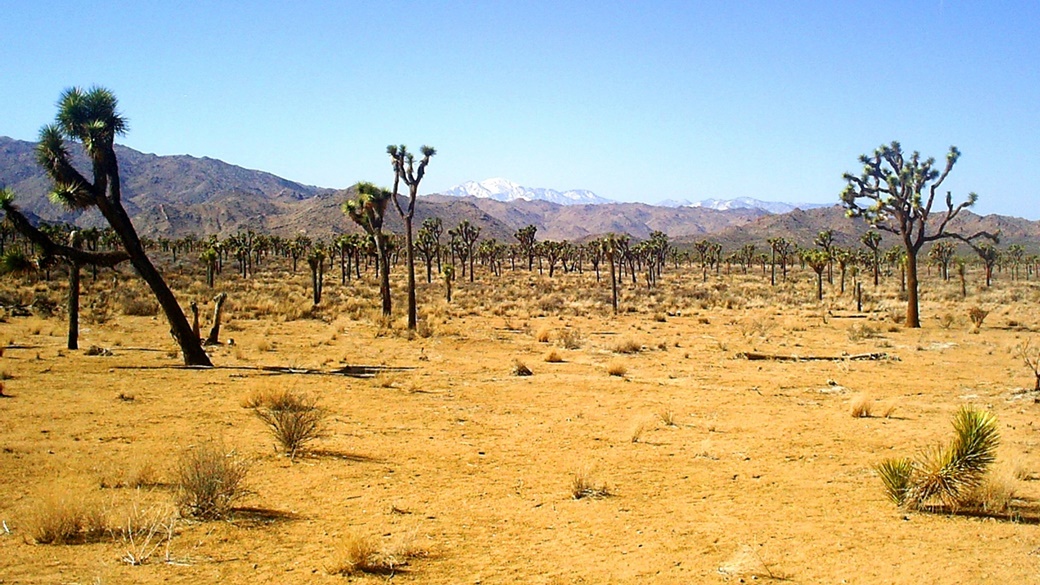
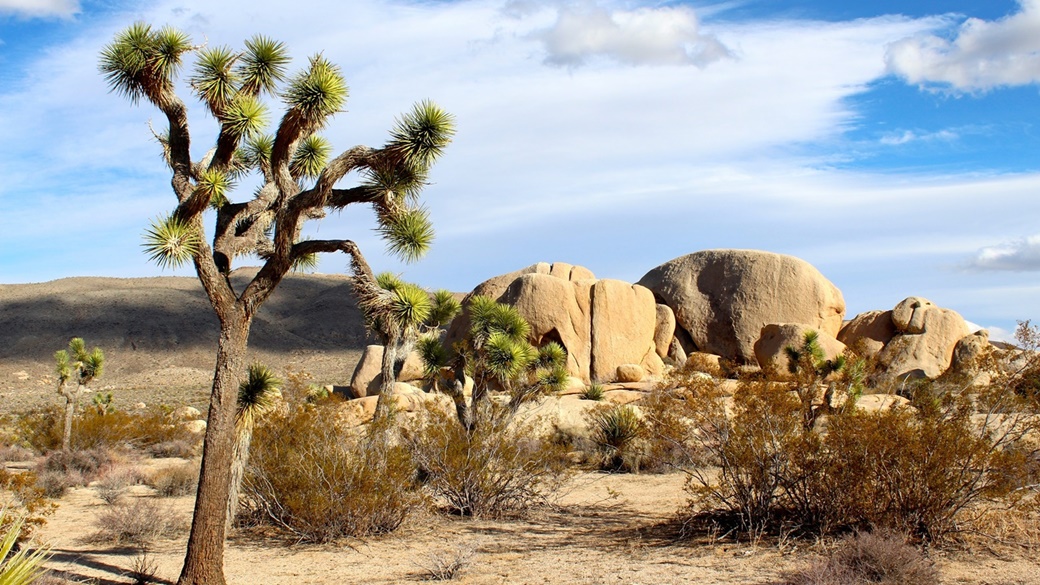
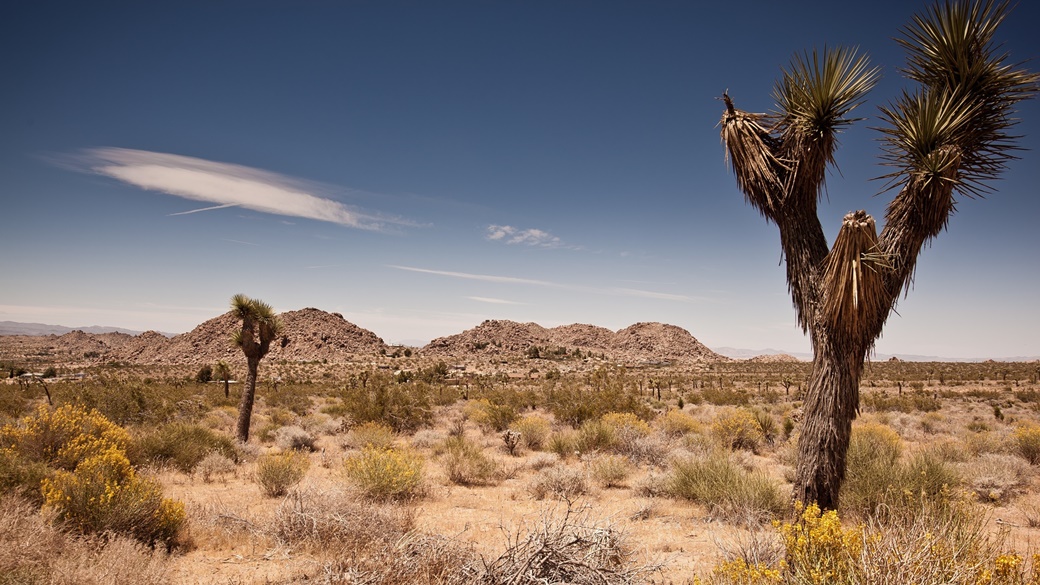
US National Parks
- National Parks of the USA – Map, List and Annual Pass
- America the Beautiful Pass 2025 – How It Works, Cost & Parks
- Timed-Entry Reservation for US National Parks (2025 GUIDE)
Travel Guides to USA National Parks

 10 Best Photo Places in the USA
10 Best Photo Places in the USA
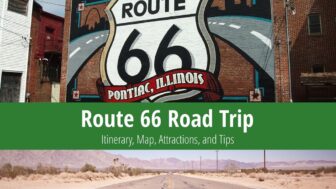
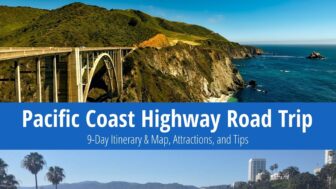
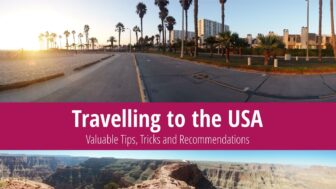

Contribute with Your Question or Personal Experience